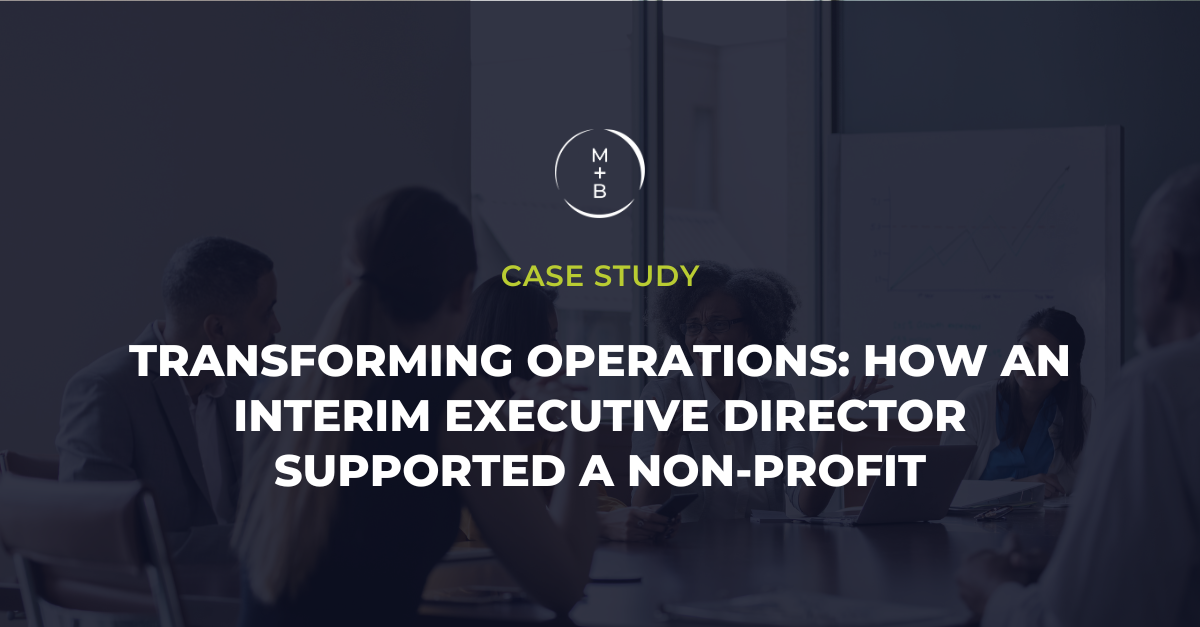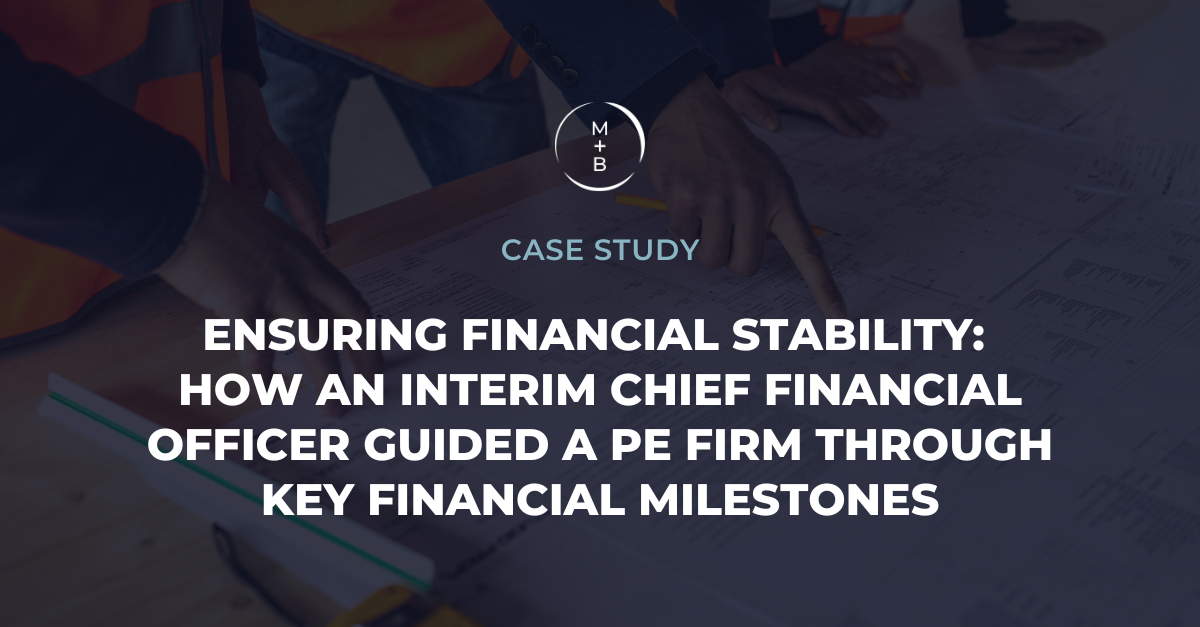News + Insights
Keep up to date with the latest industry and executive leadership trends.
Case Studies
Videos
Insights
McDermott + Bull News
Get in touch with our team to see how we can help you.

What matters to you, matters to us.
WE’RE PRO YOU.





































































